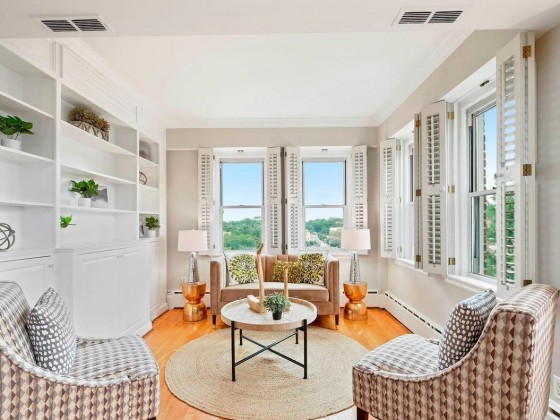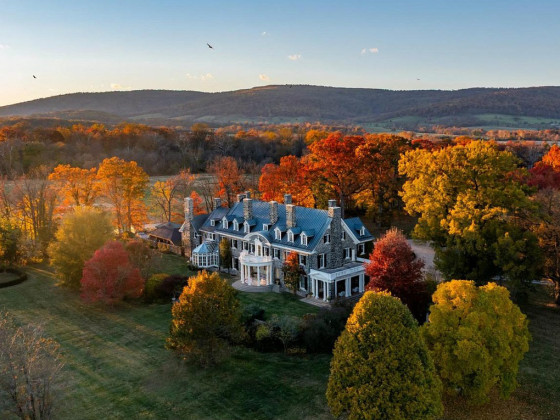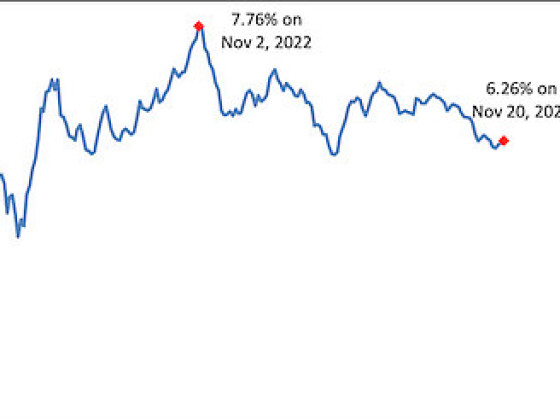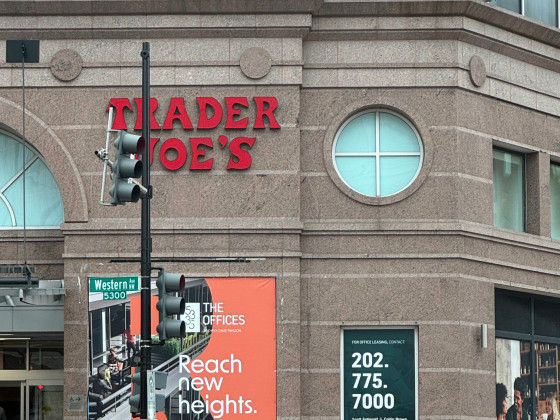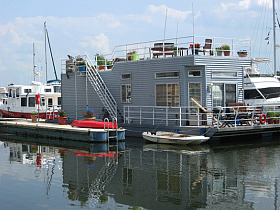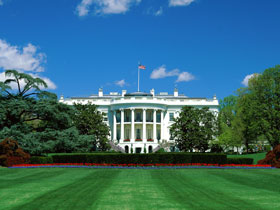 Since 2000, the DC Region Added Twice as Many People as Housing Units
Since 2000, the DC Region Added Twice as Many People as Housing Units
✉️ Want to forward this article? Click here.
A new report aims to add to the growing body of knowledge about the current state of housing in DC and the surrounding jurisdictions.
The "State of the Capital Region" tracks how residential development post-2000 has impacted pricing and affordability in the greater DC area. A key finding is that the metropolitan region has added twice as many people as housing units since 2000.
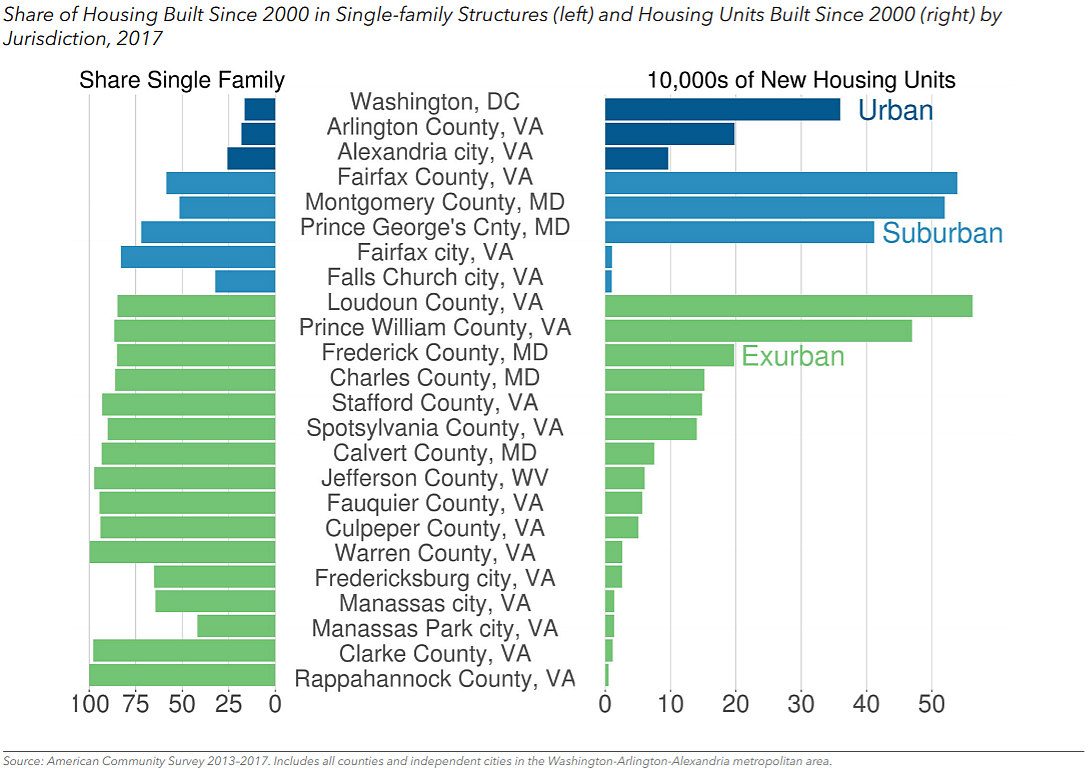
Most of the housing built since 2000 has been in exurban areas, which saw 45 percent more housing added compared to a 15 percent increase in the urban and suburban areas. Loudoun County, for example, built as much new housing as DC and Arlington County combined. DC proper, meanwhile, leads the urban core (defined as DC, Arlington County and Alexandria) in new housing built.
story continues below
loading...story continues above
Since 2000, most of the housing built in DC has been multi-unit construction, while single-family homes represented 70 percent of the new housing built in Prince George's County and 60 percent of the new housing built in Fairfax County. In Montgomery County, development since 2000 has been split pretty evenly between single- and multi-family housing.
Overall, two-thirds of the housing built regionwide, both before 2000 and between 2000-2017, was single-family stock. New housing units in multi-family buildings with more than 50 units were 10 percent of the housing stock before 2000, but 20 percent of housing units built from 2000-2017. In the urban core, more than 80 percent of new housing built since 2000 was in multi-family buildings with at least 50 units.
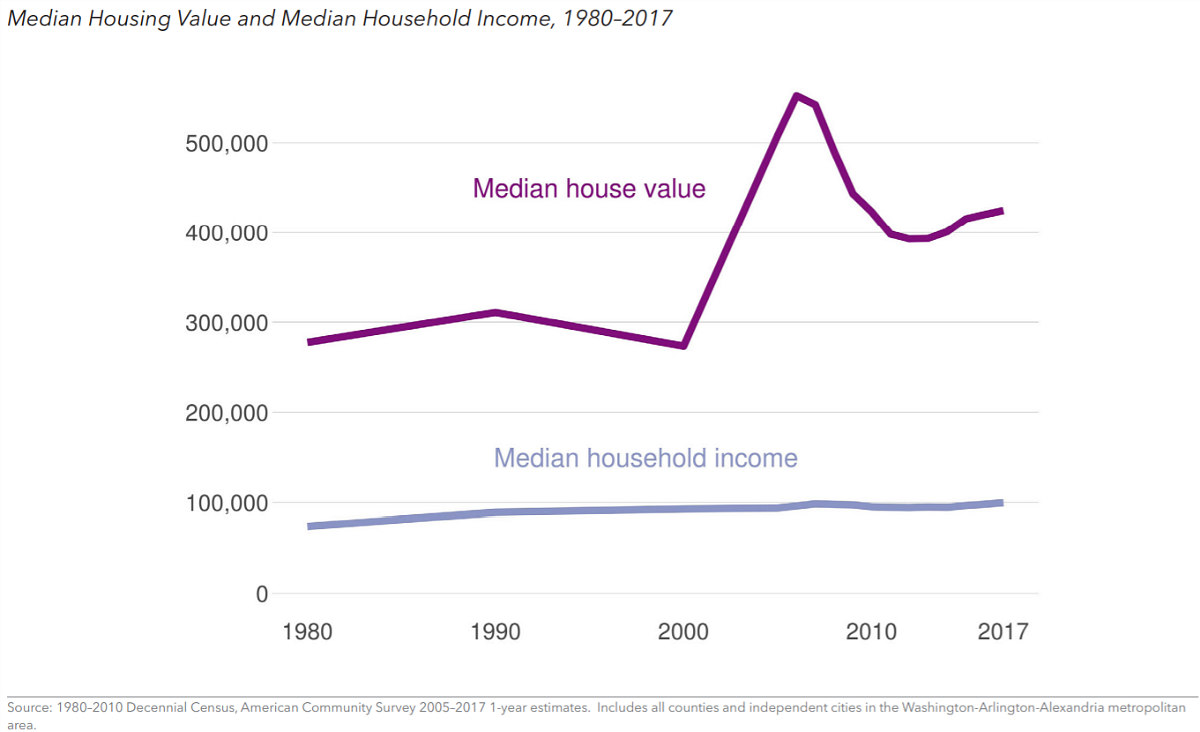
Because of the disparate distribution and decreased construction of housing stock, affordability has vastly shifted in the region. In 1980, the median home value in the region ($275,000 in 2017 dollars) was 3.7 times the median household income ($70,000 in 2017 dollars); now, the median home value ($415,000) is 4.5 times the median household income ($95,000). In DC proper, the median housing value is nearly 7 times median household income; the ratios in Arlington/Alexandria, Montgomery and Fairfax counties, and Prince George's County are respectively 6:1, 4.5:1, and 3.5:1.
The Brookings Institution, which helped author the report, is hosting an event next Monday to present the findings of the report and host a panel regarding how the region can address its housing needs.
See other articles related to: brookings institution, dc area market trends, demographics, fannie mae, george washington university, georgetown university, housing market, housing market trends, state of the region, the brookings institution
This article originally published at https://dc.urbanturf.com/articles/blog/since-2000-the-dc-region-added-twice-as-many-people-as-housing-units/15405.
Most Popular... This Week • Last 30 Days • Ever

UrbanTurf takes a look at the options DC homeowners and residents have to take advant... read »
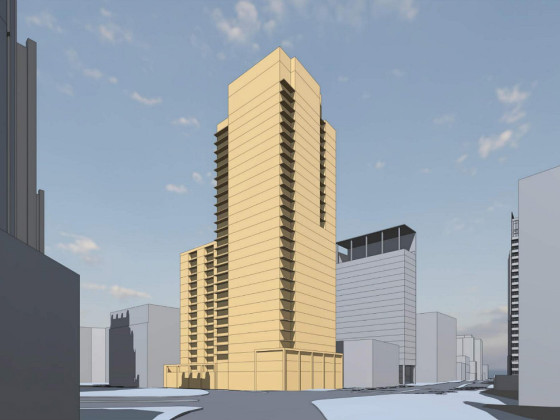
A major new residential development is on the boards for a series of properties near ... read »

A new report from DC’s Office of Revenue Analysis highlights how millennials and wo... read »
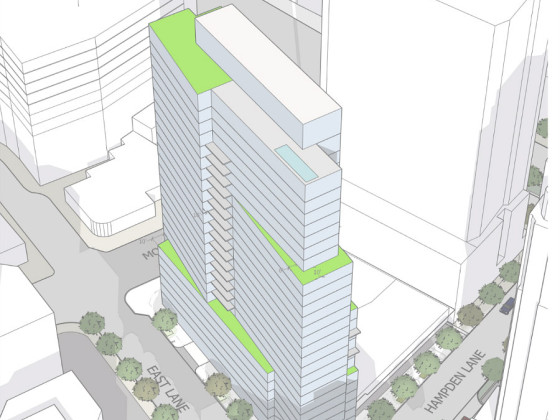
The building is the second proposal for a pair of aging office buildings in downtown ... read »
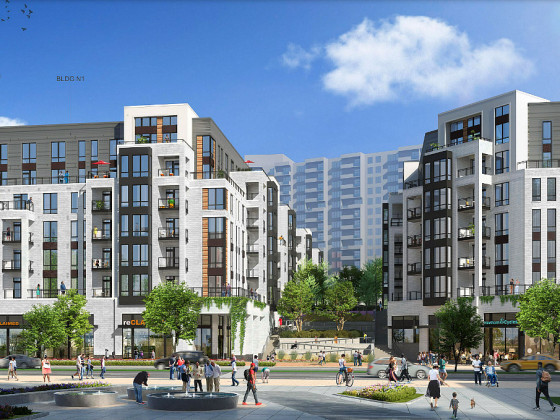
The central action before the Board is a rezoning request for the nearly 36-acre site... read »
- A Solar Panel Primer for DC Residents
- 29-Story, 420-Unit Development Pitched For Middle Of Downtown Bethesda
- How DC's Population Changed During And After The Pandemic
- Fitting In: A Narrow 260-Unit Apartment Building Pitched For Bethesda
- Arlington County To Weigh Major Actions Advancing RiverHouse Redevelopment
DC Real Estate Guides
Short guides to navigating the DC-area real estate market
We've collected all our helpful guides for buying, selling and renting in and around Washington, DC in one place. Start browsing below!
First-Timer Primers
Intro guides for first-time home buyers
Unique Spaces
Awesome and unusual real estate from across the DC Metro






